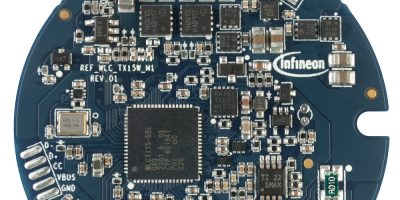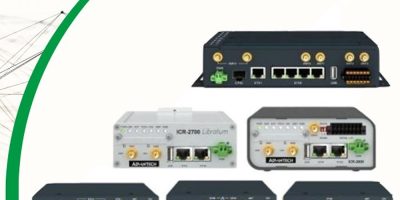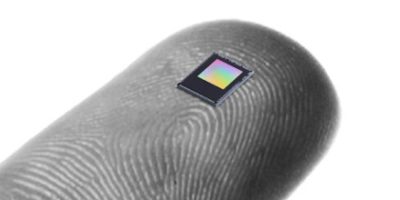In response to the enhanced Qi wireless charging standard released by the Wireless Power Consortium, Infineon Technologies has released its first Qi2 Magnetic Power Profile (MPP) charging transmitter reference design kit, the REF_WLC_TX15W_M1.
The MPP in Qi2 offers magnet-based fixed positioning for precision locating of charging devices. It has significant benefits in automotive and consumer applications, such as in-cabin wireless charging, smartphones and EarPods cases, portable speakers, and healthcare equipment through better efficiency and safety, said Infineon.
The reference design kit is highly integrated and form factor optimised with a diameter of less than 43mm. It also has a programmable wireless charging transmitter centred around an Infineon WLC1 controller – the Qi2-capable WLC1 is already on the market. The IC integrates a microcontroller with flash memory, a 4.5 to 24V DC input buck-boost controller, inverter gate drivers and factory-trimmed current sensing. It features analogue protection peripherals, USB PD, and LIN as well as serial interfaces enabling efficient and smart power delivery.
The REF_WLC_TX15W_M1 is supported with code examples in ModusToolbox to help users take advantage of the IC’s configuration capabilities. The 15W Qi2 MPP board is backwards compatible with a basic power profile (BPP) that allows receivers without MPP support to wirelessly charge at 5W. There is also a multi-path ASK demodulator and adaptive foreign object detection (FOD) provided for a robust and secure wireless power design.
“With the emerging Qi2 standards, our programmable solutions offer the flexibility that the industry needs to adapt swiftly and offer differentiated features for automotive and consumer applications,” said Ganesh Subramaniam, senior vice president and general manager of the Wired Connectivity Solutions Product Line at Infineon.
The WLC1 transmitter controllers can be ordered now. There are two versions, the WLC1515 for the automotive package and the WLC1115 for the consumer package. REF_WLC_TX15W_M1 board is available on demand.
The first public live demonstration of the wireless charging transmitter solution board will take place during OktoberTech Silicon Valley, the annual technology collaboration forum hosted by Infineon. This year, it will take place in the Computer History Museum in Mountain View, California, USA on 25 October.







